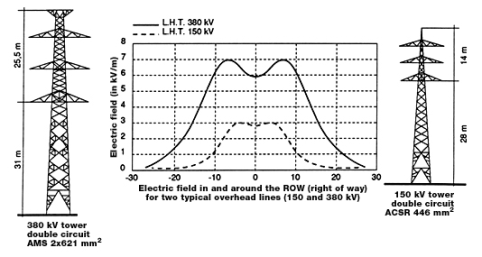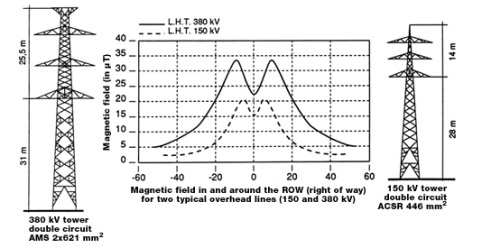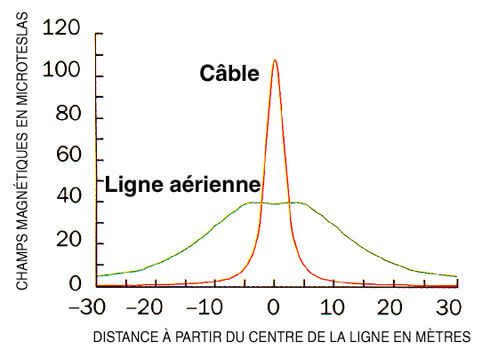Electrical energy has an inherent problem: it is not storable (except in batteries). To mitigate this difficulty, the only solution is to directly connect consumers to electricity production sites and produce electricity on demand.
Transmission and distribution networks convey electricity from the production stations (nuclear, hydraulic, thermal, wind) to supply areas. In order to minimise energy losses, electricity transport over long distances requires high-tension power lines. Distribution to consumers is carried out with low-tension power lines. Transformers are used to modify voltage from high to low tension.
The electrical grid (i.e. lines, cables, transformer stations) transmits, divides, and distributes the energy provided by power stations to users. The network was designed for an AC current of 50/60 Hz using a three-phase current (see further information in Electrical concepts).






